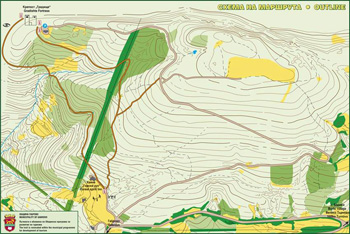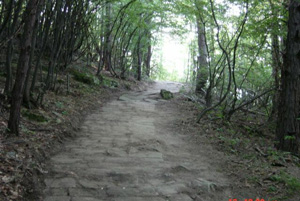
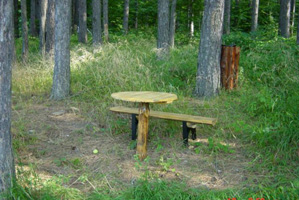
3 km to the north-east of Gabrovo, a plateau raises unscalable rocky slopes. From time immemorial, people have called this plateau ‘Gradishte’. With its 680 m of altitude, it stands out from the surrounding landscape and offers a panoramic view of most of the Balkan Mountain range and the valley of the Yantra River.
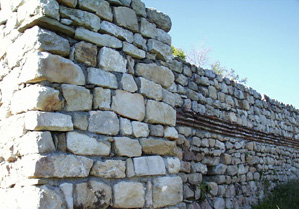
The point of departure for the ecopath is the Palace of Humour and Satire (30 Bryanska St., Gabrovo), inheritor to the local folklore humour and the joyful carnival traditions of the town of Gabrovo – the Bulgarian capital of Humour. Walking up the steep streets to the fortified settlement of Gradishte, you go past the Sports Hall (125 Orlovska St., Gabrovo), the Astronomic Observatory and Planetarium, and the Zoo.
In the Hall of Stars at the Observatory and Planetarium (Petkova niva District, Gabrovo) the appearance of the starry sky and the movement of the celestial bodies are recreated, popular and children’s programmes are presented. In clear weather, you can observe the Sun, the Moon, planets, nebulas, constellations, etc., through a telescope
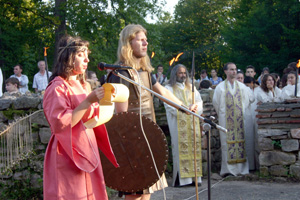
The Zoo (Petkova niva District, Gabrovo) has accommodated many of the typical inhabitants of the Central Balkans: the fox, the jackal, the wolf, the brown bear, the badger, the owl, the buzzard, the dormouse. A special breed of tailless cats is highly venerated here, as well as the black bear, the lion, the black leopard, the mountain chinchilla, the Cameroon goat, and various kinds of pheasants and other birds
The asphalt road takes you past a clearing turned into a children’s playground. It is from there that the eco path ‘Gradishte – protector of the pass’ starts. It is not a very difficult trek, and passes through a mixed forest to get to the fortified settlement. There are rest areas, secured view points and information boards on the way.
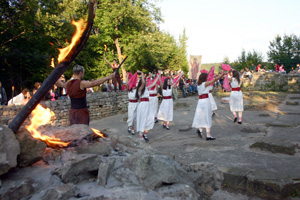
The semi-urban fortified settlement in the Gradishte area near Gabrovo is the first of its kind to be discovered in the mountainous region of the Roman Province of Lower Mizia, covering the territory from the Danube to the Balkan Mountains. The unearthed 45 rooms show that the place was densely built-up. It was created in accordance with a carefully considered urban plan. At the same time, it provides evidence of the late Antiquity period of degradation of urban construction – partial lack of organization of the development, lack of drainage and water-supply system and of big public buildings. The settlement in the Gradishte area is a typical example of the transformation of a military camp into a fortified town.
